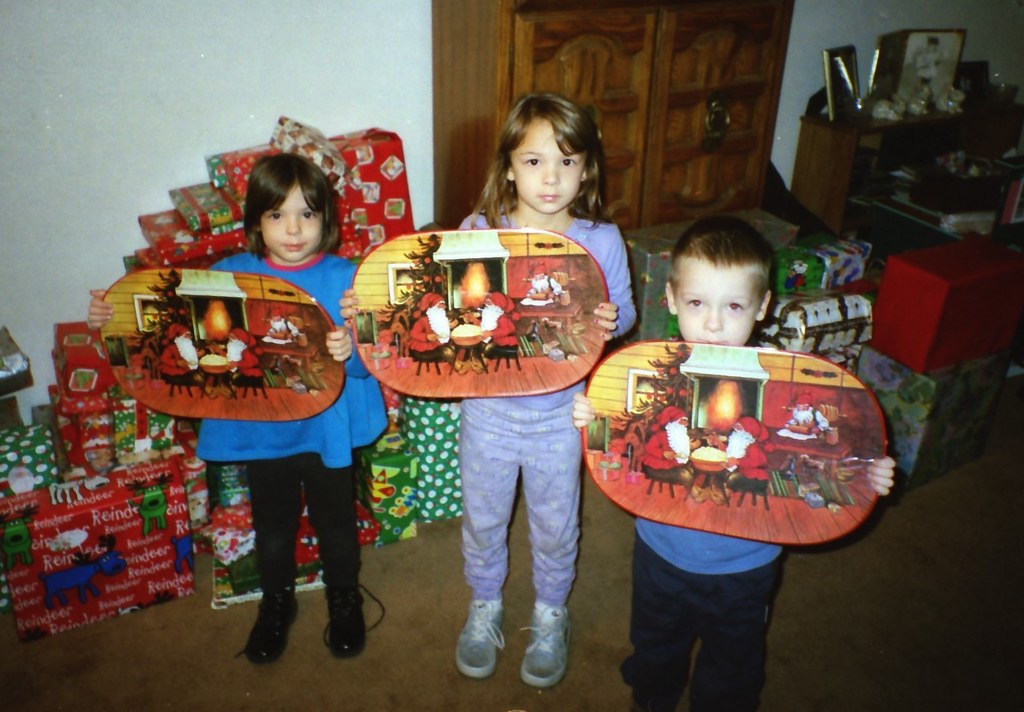So you’re scrolling Zillow, sipping your third-wave oat milk latte, and thinking, “Hey, maybe I can finally buy a little place in that ‘up-and-coming’ neighborhood I read about back in 2016.” Spoiler alert: you can’t. Not unless your side hustle turned into a unicorn startup or you inherited beachfront property from your great-aunt Carol. The truth is, a lot of the places still hyped as “affordable” are anything but in 2025.
They might’ve been budget-friendly when you were still using Facebook unironically, but these days? Expect $3,000 studios, $18 cocktails, and landlords who think “exposed brick” justifies a 30% rent hike. From grungy-cool corners of Brooklyn to the pastel-washed streets of Miami, the word affordable has officially lost all meaning. We’re diving into 12 neighborhoods that still get labeled as budget-friendly—despite price tags that could make your therapist cry. Let’s pop the dream bubble together, shall we?
1. Mission District, San Francisco
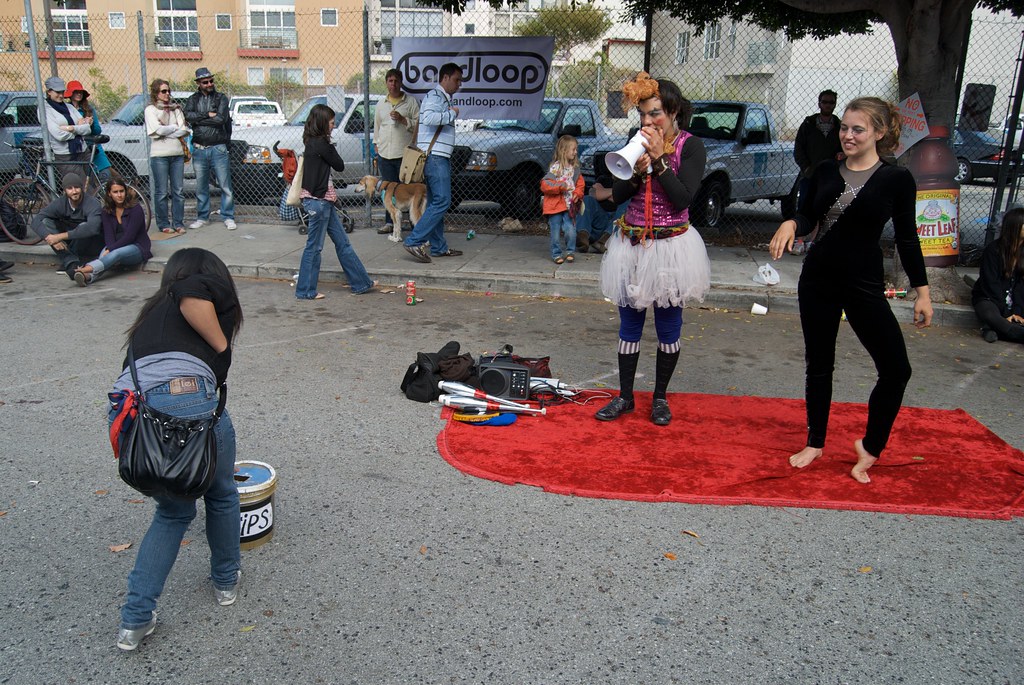
The Mission was once the place you went for cheap burritos and underground shows. Per The Luxury Playbook, median home prices have surged past $1.8 million, up nearly 40% in the last two years alone.
Lately, the murals still pop, but so do the price tags—renters are forking over $4,000+ for a one-bedroom, and tech bros are aplenty. Even your corner taco shop now charges more than a Michelin-starred joint back in Manhattan. If “affordable” is your vibe, you might have misread the housing memo. Co-living spaces promise communal kitchens and “fam style” dinners, but come with roommate roulette that would make Las Vegas blush. The neighborhood’s legendary dive bars have gone chic, with small plates priced like fine-dining amuse-bouches. A local survey by Trulia shows annual home appreciation rates north of 20%. Street festivals that once attracted bargain-hunters now sell VIP wristbands for over $100. And let’s be honest—only the Kardashians could consider most Mission lofts a “deal.”
2. Bushwick, Brooklyn
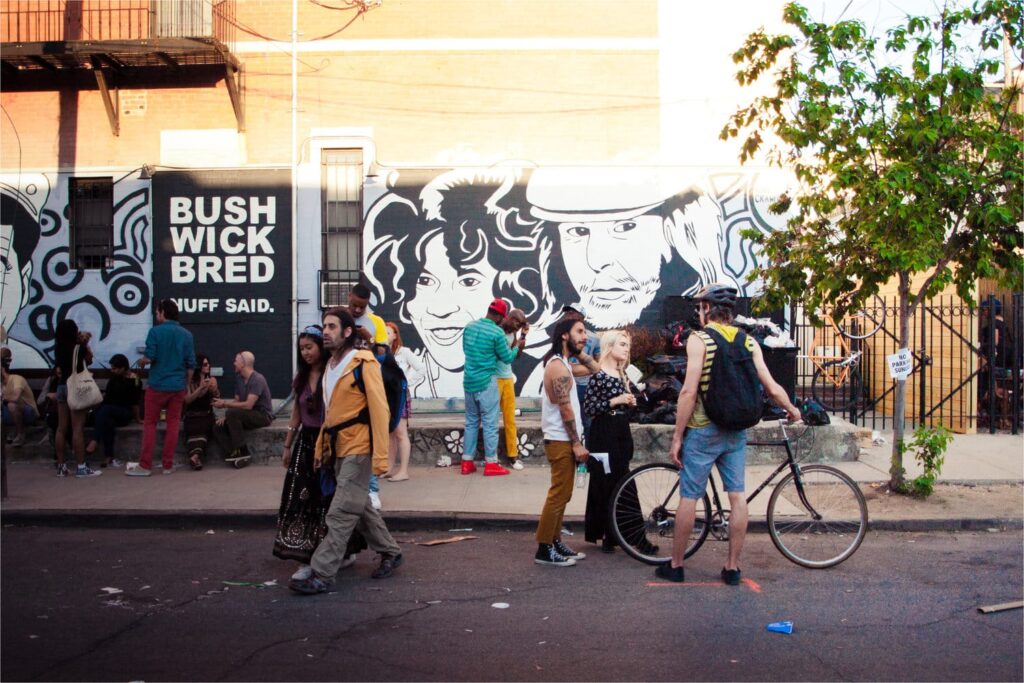
Bushwick was once the DIY art mecca where rent was cheap enough to justify a monthly tattoo budget. Now? Median rents hover around $3,400, a staggering 78% above the national average—probably higher than your student-loan payment. According to a recent Guardian report, the neighborhood’s median rent clocks in at $3,399, up 6% year-over-year and 7% in the last month alone—a rent rollercoaster with no height restrictions.
The reinvention began with warehouse parties and graffiti-laden walls, but gentrification soon followed. Today’s bars charge $15 for a cocktail named after an obscure Russian novel, and artisanal donut shops outnumber bodegas. If you’re still calling this “affordable,” you might want to check your math—or your credit limit. New luxury buildings promise rooftop pools and 24/7 gyms, but come with price tags that would make a Wall Street banker blush. Even the bodegas now boast “curated” snack selections and pour-over coffee for $5 a cup. Local artists who once flocked here for cheap studios are being priced out faster than you can say “collab.” And don’t get me started on the parking situation—your beat-up Honda doesn’t stand a chance against Tesla-friendly chargers. For a deeper dive into how artists are fleeing Brooklyn, check out this Curbed piece on the exodus.
3. Highland Park, Los Angeles
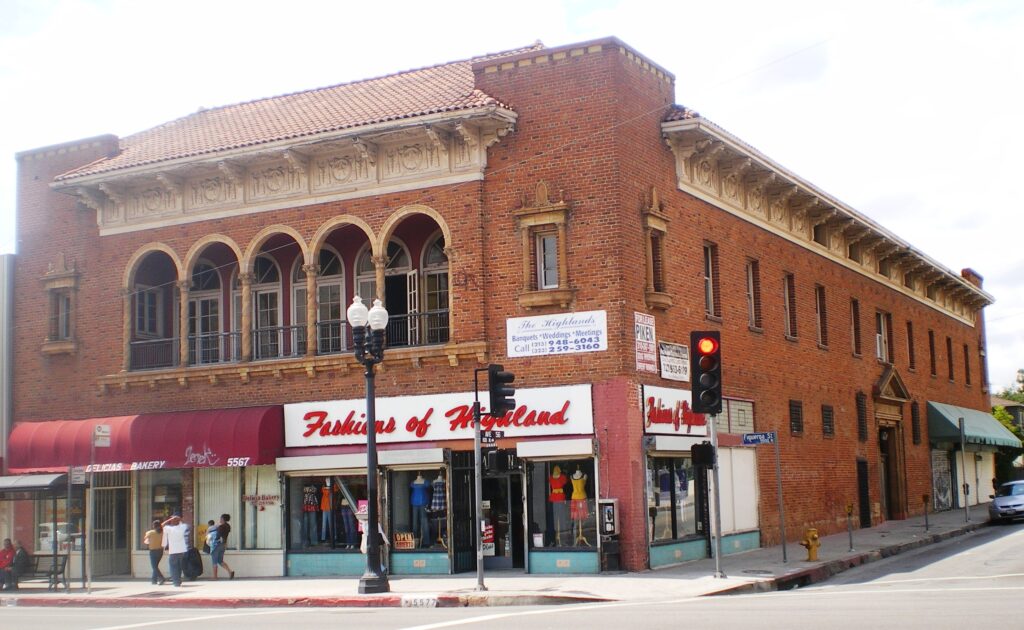
Once the quiet cousin of Silver Lake, Highland Park has morphed into LA’s hipster epicenter—complete with avocado-topped churros and bikes that cost more than most people’s cars. According to Curbed LA, property prices here have ballooned by over 50% since 2020, turning starter homes into six-figure “bargains.”
Coffee shops line every block, each with its own single-origin pour-over and existential vibe. Local vintage stores now charge vintage prices, and the 15-minute commute to Downtown LA is an exercise in bumper-to-bumper meditation. If you can still call Highland Park “affordable,” congratulations—you’ve officially peaked in your real-estate optimism. Monthly rent for a one-bedroom now hovers around $2,500, up nearly 30% in just one year, according to a recent Redfin report—and that’s before utilities. Trendy boutiques are swapping “retro” for “resale” at triple the markdowns. Even neighborhood yoga studios charge premium drop-in fees; downward dog costs more than your cable bill. Locals reminisce about the days when you could snag a taco for under $2, but those taquerias have since been replaced by matcha-margingue bakeries. And if you need a therapist to cope with your rent woes, good luck—the waiting list is longer than the 405 at rush hour.
4. East Austin, Texas

East Austin was once the antidote to Houston’s sprawl—cheaper homes, live music, food trucks on every corner. But, as per KXAN’s data analysis, rents here have jumped 22% off their 2023 peak.
Now, the “Keep Austin Weird” sticker feels more like a branding exercise. Tiny houses sell for tiny-house prices, and developers are elbowing out the taco trailers. If you’re shelling out a mortgage that eclipses your rent fund, you can hardly call it affordable. Even the famed food-truck parks now have line-skip passes for $15, because waiting in line is SO 2022. A recent Realtor.com study puts median sale prices above $500,000, making “starter home” a distant memory. Live music venues are shuttering as rent spikes render them unviable—your weekly dose of indie bands now comes with a cover charge. Breweries have replaced bluegrass bars, and artisanal flan has somehow become a thing. And don’t expect your friendly neighborhood barista to stick around—many have moved to Round Rock for a chance at an actual living wage.
5. Wynwood, Miami
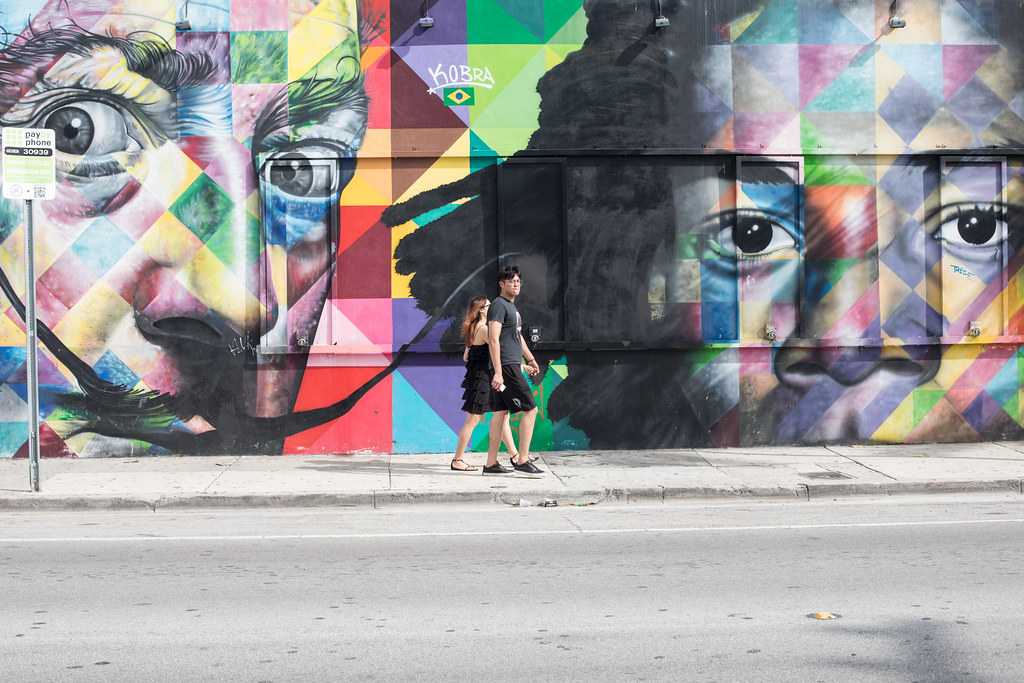
Wynwood was once a warehouse art district where you could roam free among murals without emptying your wallet. According to Miami Residence, property values here have swelled by over 35% in just two years, thanks to insta-famous walls and luxury condos popping up like mushrooms after rain.
Today’s Wynwood is a feast for the ‘Gram—but not for your bank account. Even a studio apartment will set you back nearly $3,000 a month, and the craft-beer bars ironically charge a craft-beer premium. The art’s worth it—just not your budget. High-end boutiques line the streets, peddling goods you didn’t know you needed—for twice the price you’d pay online. A Miami Herald investigation reveals that long-time residents are being displaced at alarming rates. Rooftop events with cocktail pairings run $80 a ticket, because why not? And the monthly Wynwood Walls membership—which once was free—now costs more than your gym dues. Even the free-public-art days have VIP sections with bottle service.
6. Capitol Hill, Seattle
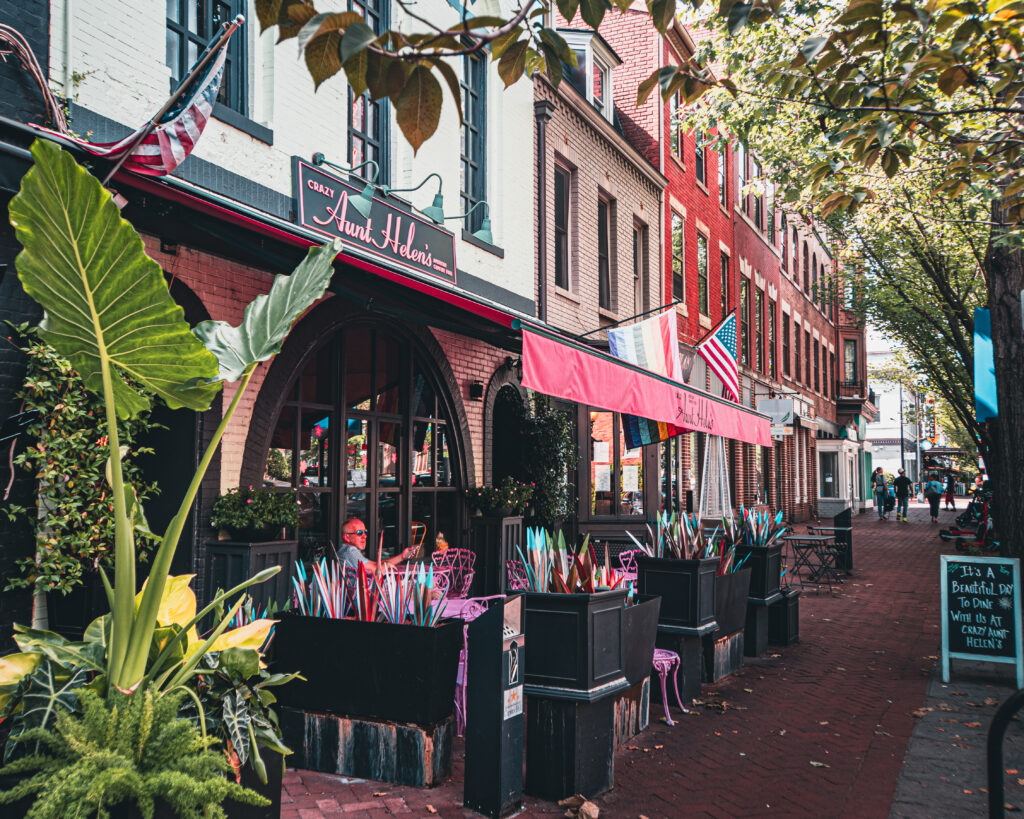
Capitol Hill was the go-to for grunge nostalgia and hole-in-the-wall cafes. Now, median rents push $2,900, thanks to sprawling tech campuses a few blocks away. Trendy boutiques selling locally sourced kombucha bliss out with their $8 cans, while long-time residents lament nostalgia—and their skyrocketing utility bills. Bars that once played Soundgarden on loop now pump ambient house while charging $17 for a “deconstructed old fashioned.” Even the dive bars have Wi-Fi, QR code menus, and beer flights featuring “experimental sours.”
And sure, the rainbow crosswalks are still iconic, but they now lead to buildings with names like “Modera Capitol” and “The Chloe.” Living here means being wedged between a Trader Joe’s and a cryotherapy studio, both of which cost less than your monthly parking permit. The neighborhood still wears its progressive badge proudly, but try telling that to your landlord when your rent goes up $400 in a year. It’s less about keeping Seattle weird now and more about keeping it wallet-draining. Tech bros in Patagonia vests have replaced punk kids in flannel, and the only mosh pit left is the crowd around the Sunday farmers market. Oh, and if you’re hoping to score an “affordable” unit? Get ready for a waitlist longer than the line at Dick’s Drive-In at 2 a.m.
7. RiNo District, Denver
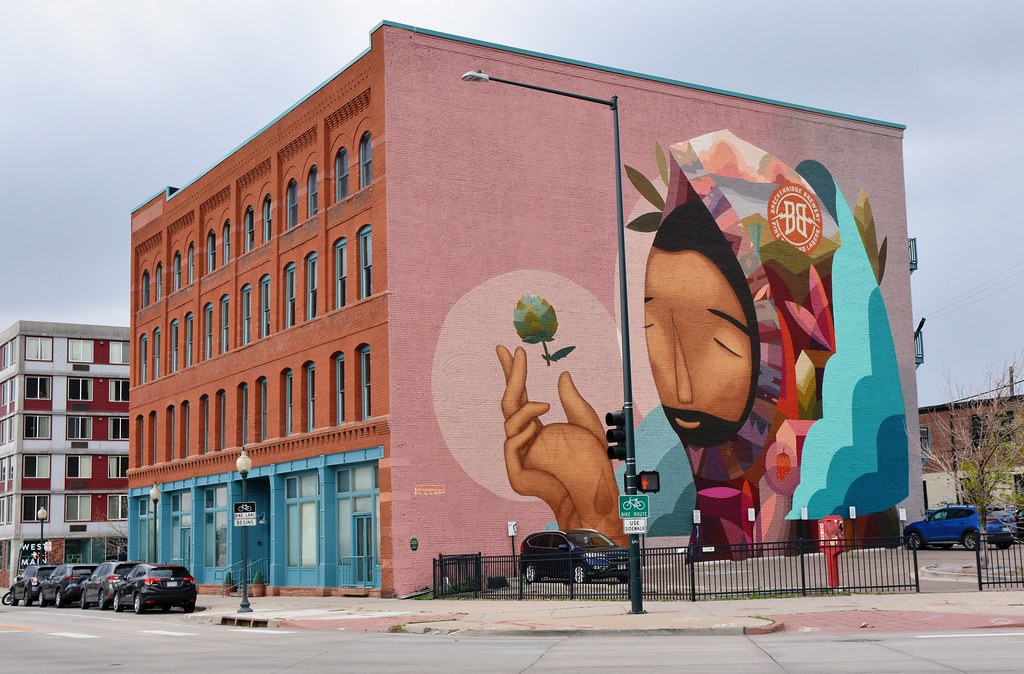
River North’s old warehouse grit attracted artists and entrepreneurs. Now, it’s jam-packed with gastropubs and co-working lofts. Median home values climbed over 45% in the past three years, turning former artist live-work spaces into pricey pied-à-terres. The only thing about RiNo that still feels “raw” is your bank account. You’re more likely to trip over a designer French bulldog in a cashmere sweater than spot an actual muralist at work.
Craft breweries dominate entire blocks, and they all have the same chalkboard font and $9 IPAs. That “cool industrial” aesthetic? Carefully curated by developers who charge luxury rent for exposed pipes and intentionally distressed concrete. And don’t be fooled by the random splash of street art—most of it was commissioned by corporate sponsors to make condos look edgy. Even parking garages now double as art galleries, which sounds great until you get a $300 citation for accidentally parking in the “VIP event” section. Locals who once could afford lofts now look wistfully at the skyline from distant suburbs. In RiNo, being “inspired by the arts” seems to mean pricing out the artists entirely.
8. Alberta Arts District, Portland
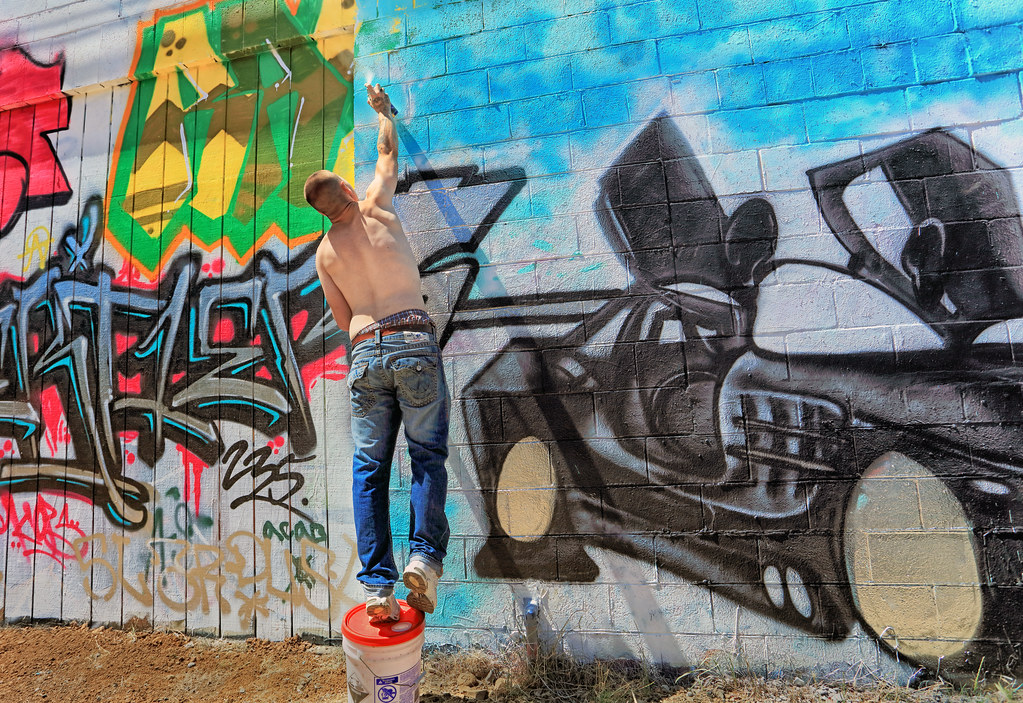
Portlander dreams of indie bookstores and food carts gave way to VIP tequila lounges and designer donut shops. Home prices in this quaint enclave have spiked 50% since 2021, and rents hover around $2,200 for a one-bedroom. The irony? All the “Keep Portland Weird” slogans now appear on €60 T-shirts. The food carts still exist—but many have been upgraded to boutique dining “pods” with Instagrammable lighting and imported marble countertops.
Walking down Alberta now feels like strolling through a curated Etsy storefront. Funky vintage shops have been replaced by “wellness apothecaries” offering sage bundles and $80 crystals. The new homeowners? Mostly Bay Area transplants looking for “that real Portland vibe” while dropping a million on a 2-bed craftsman. A weekend outing might include artisanal mac-and-cheese, mushroom latte tastings, and a trip to the kombucha refill station—if you can afford it. Even the murals feel suspiciously polished. It’s gentrification in a flannel shirt, and the artists who built the neighborhood’s rep are now schlepping their canvases to Gresham.
9. East Nashville, Tennessee
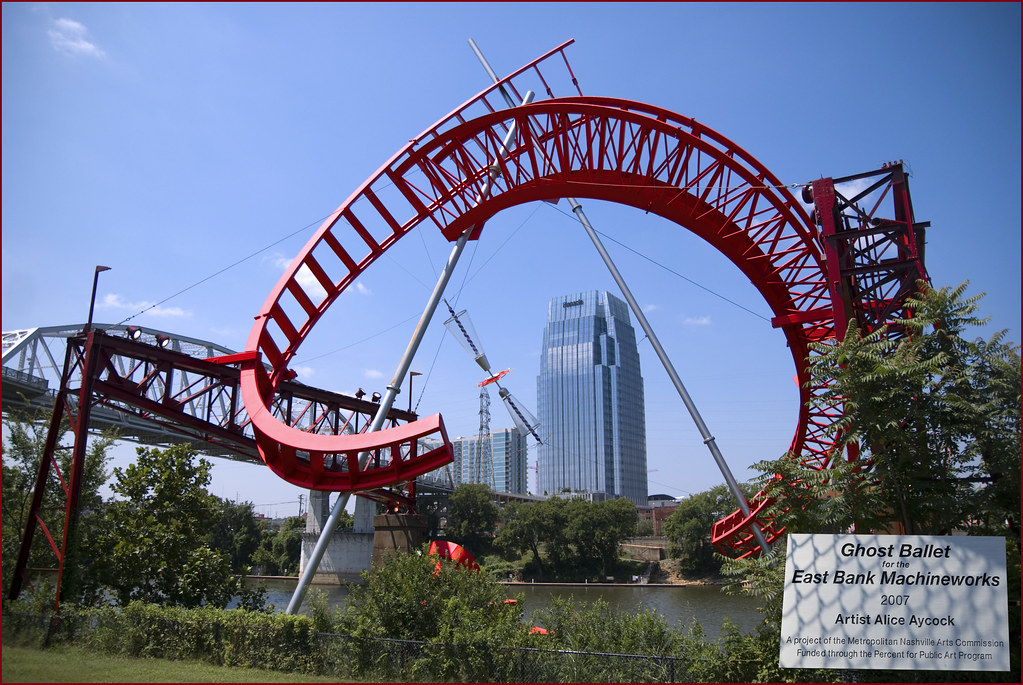
Once the boho refuge for musicians, East Nashville’s homes now sell for double what they did five years ago. Hip-to-be-square coffeehouses and cocktail spots replace dive bars, while local artists can’t afford the scene they built. The median home price? About $600,000—luxury by Music City standards. The live music is still playing, but now it’s ticketed, branded, and sandwiched between artisanal flatbread vendors.
Once-affordable fixer-uppers are now “charmingly renovated” and come with Tesla chargers and HOA fees. Celeb sightings are common, but only if you can recognize country stars in designer athleisure. What was once a spot for cheap gigs and even cheaper beer is now an influencer playground—think rooftop brunch with a banjo soundtrack. Community staples like thrift stores and church-run co-ops have been replaced by curated vintage shops with $300 jean jackets. Meanwhile, rent hikes are forcing out longtime locals in favor of out-of-towners with Zillow alerts and cash offers. “Affordable” might still apply—if you’re a touring musician with chart-topping hits.
10. South End, Boston
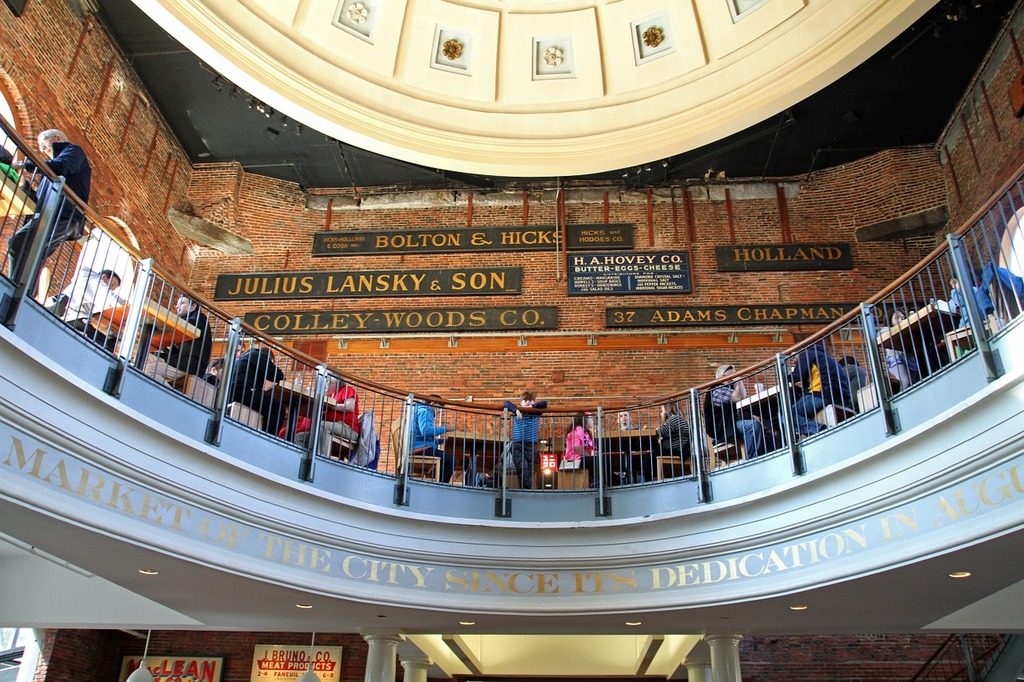
South End’s brownstones once went for starter-home prices. Today, they command upwards of $1.5 million, as professionals flock to its foodie-and-gallery scene. Even the 19th-century charm comes with 21st-century bills, and parking a car often costs more than a studio apartment did a decade ago. That cozy brick exterior may scream “Boston charm,” but the price tag definitely hollers “corporate bonus.”
The neighborhood has more wine bars than crosswalks, and every third storefront is a high-end dog bakery or French skincare boutique. Residents might say it’s walkable, but they forgot to mention that it’s also astronomically priced per square foot. A one-bedroom rental runs you nearly $4,000/month—assuming you’re fast enough to beat the realtors at open house. Once known for its diversity, South End now feels like a curated LinkedIn feed, with every other neighbor working in biotech, finance, or “consulting.” It’s pretty, polished, and painfully out of reach for the average Bostonian. And don’t even try to visit during restaurant week unless you booked two months in advance.
11. Roosevelt Row, Phoenix
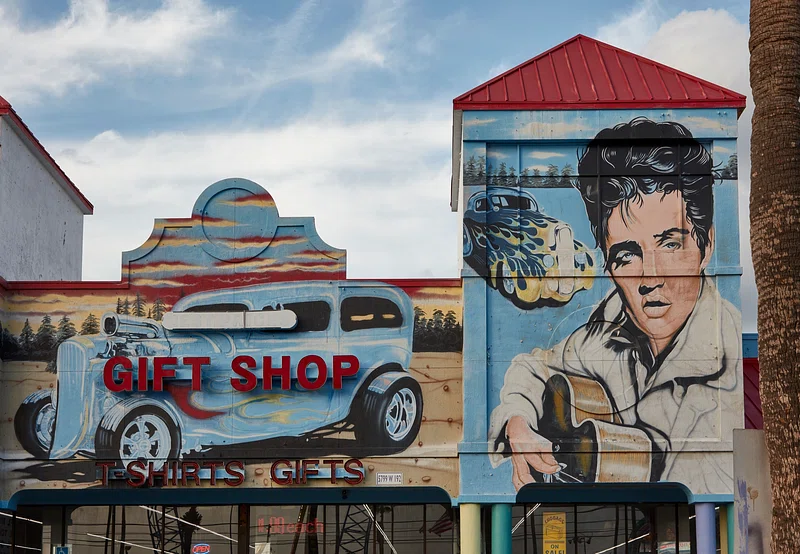
Roosevelt Row touted itself as a hub for street art and small galleries. Now, shiny condo projects have replaced mom-and-pop studios, and rents north of $1,800 are the new norm. The “affordable oasis” in the desert has turned into another sun-baked budget trap. Art walks still happen, but they feel more like brand activations than grassroots expression.
You’ll find rooftop bars instead of divey cantinas, and the murals now compete with condo marketing banners. The creative energy that once defined the neighborhood has been commodified into slick real estate ads promising a “live-work-play” lifestyle. And the promised “cultural district”? More like an influencer backdrop dotted with overpriced poke bowls and dry rosé. Parking is a mess, traffic’s worse, and even the air feels taxed. The DIY art shows are now curated by PR teams. You can still feel the artsy roots—but only if you squint through the dust of construction zones.
12. North Park, San Diego
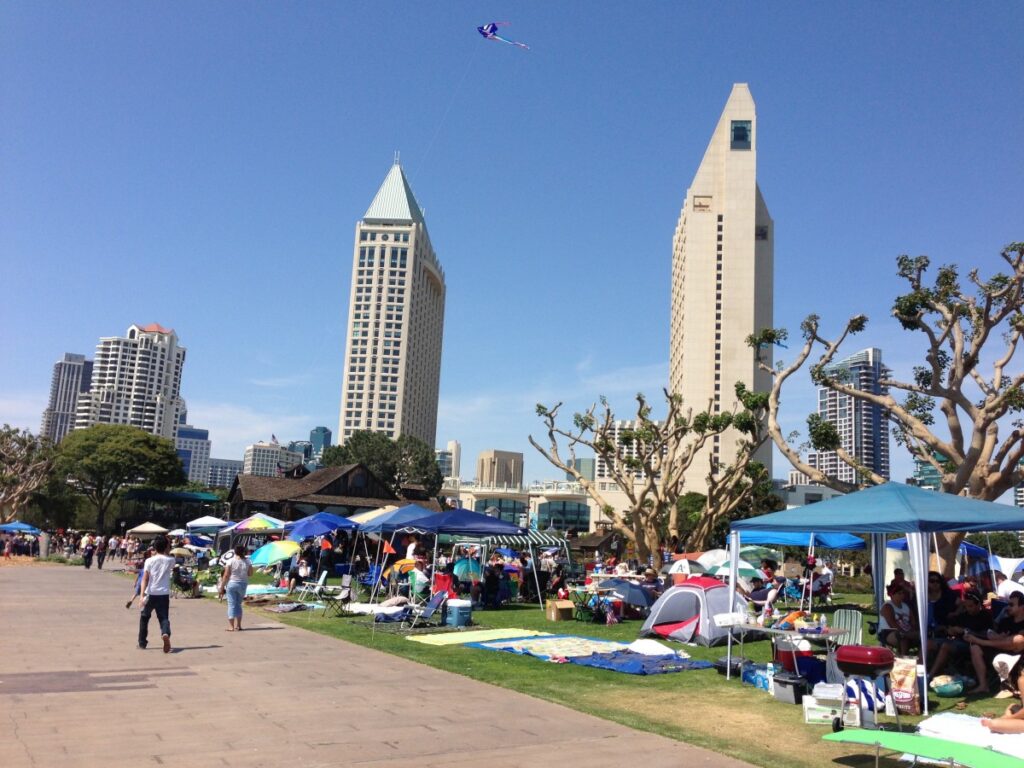
North Park’s golden age of thrift shops and dive bars ended when home values surged 42% over two years. What was once the city’s cool-kid neighborhood now demands $3,100 for a one-bedroom, complete with kombucha-on-tap bars that serve it at craft-beer prices. If that’s your definition of “affordable,” we envy your budgeting skills.
There’s still street art, sure—but it’s been fully monetized and geo-tagged for tourist tours. The old skate shops are now aesthetic surf-lifestyle brands with $90 T-shirts and oat-milk espresso bars. North Park has gone from punk to preppy, with rooftop yoga sessions and designer dog parks. Even the taco shops have tasting menus. Locals who made the area cool now commute from suburbs that once looked like punchlines. Meanwhile, investors snap up duplexes, slap on pastel paint jobs, and rent them out as $500-a-night Airbnbs. Welcome to San Diego’s version of “affordable living”—just bring a trust fund and a parking permit.
This article is for informational purposes only and should not be construed as financial advice. Consult a financial professional before making investment or other financial decisions. The author and publisher make no warranties of any kind.








